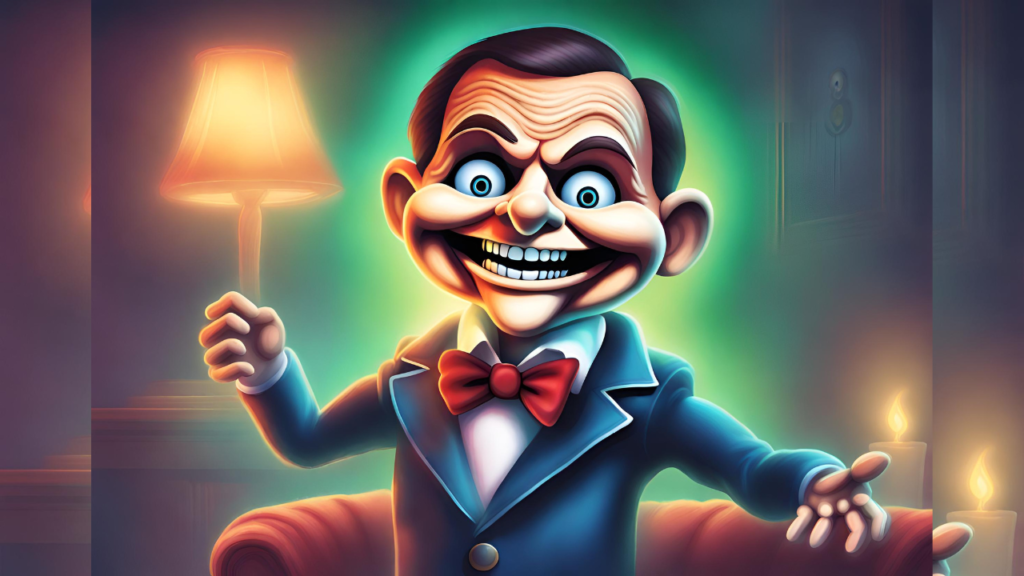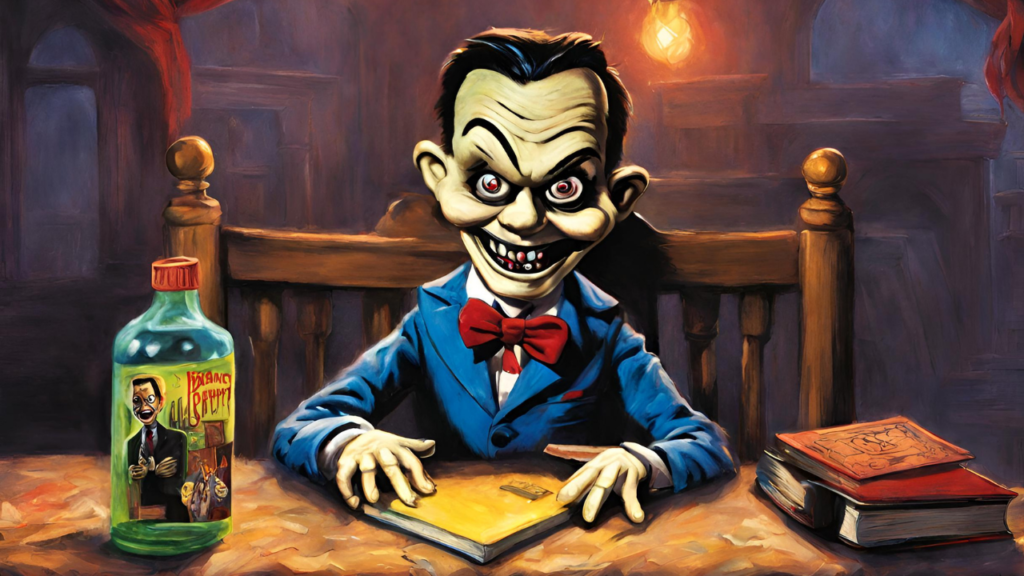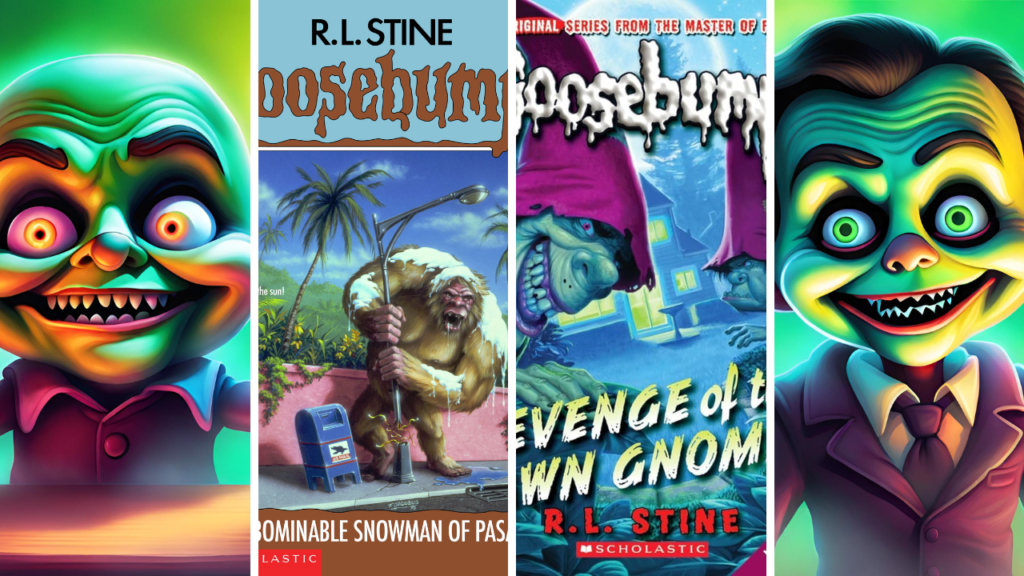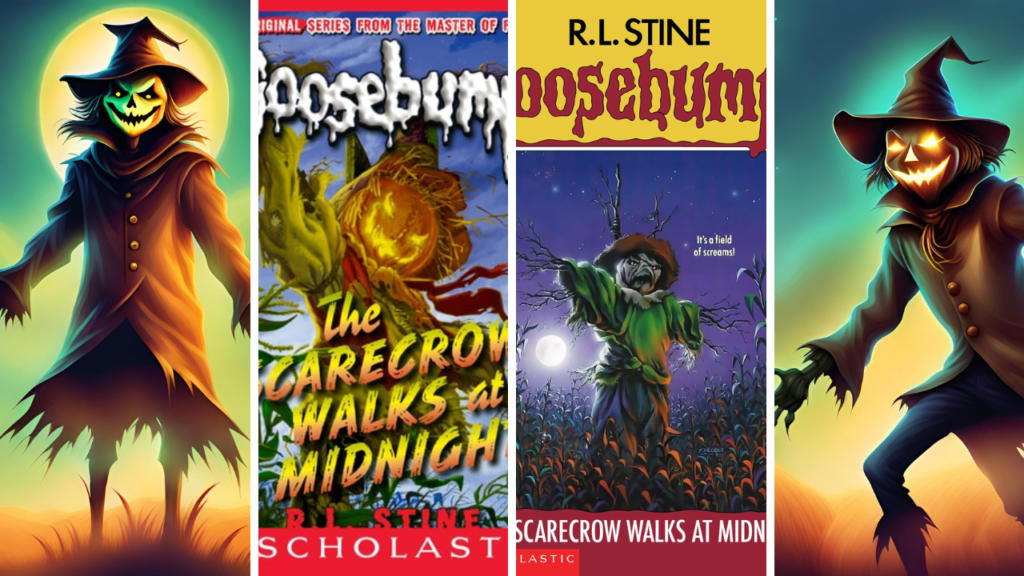Goosebumps: A Gateway to Horror for Young Readers
With their delightfully creepy covers, twisty plots, and memorable monsters, the Goosebumps books by R.L. Stine have haunted the bookshelves of generations of young readers. But beyond the surface thrills, these tales serve a unique purpose: they act as a gateway, introducing kids to the exciting and sometimes terrifying world of horror.
| Key Takeaways | Summary |
|---|---|
| 1. Fear as a Tool for Empowerment | Goosebumps teaches young readers to confront their fears directly, demonstrating that the unknown is often less scary than the dread preceding it. They learn to overcome fears both within the story and within themselves. |
| 2. Developing Resiliency and Critical Thinking | Goosebumps forces kids to problem-solve, use their wits, and adapt to unpredictable situations. The twists and turns encourage them to think flexibly and creatively, skills translatable to real-life challenges. |
| 3. The Delight of a Controlled Scare | The series strikes a balance between thrills and humor. It taps into relatable childhood anxieties, adds fantastical elements, and provides moments of levity. This teaches kids that fear can be fun and helps them build resilience for when they face real-world worries. |
| 4. Horror as a Springboard for Imagination | Goosebumps introduces classic horror tropes and sparks a curiosity about the supernatural. Readers hooked on spooky stories naturally seek out more complex works, broadening their literary horizons and potentially fueling a lifelong fascination with horror. |
| 5. Goosebumps is More Than Just Books | The series transcends literature. Its enduring popularity builds a community of fans, validates a love for the macabre at any age, and fosters a lifelong appreciation of horror in all its forms – from film and music to spooky aesthetics and the exploration of the unexplained. |

Empowering Fear
Goosebumps stories force young readers to confront the source of their fear. Often, the monster under the bed or the shadow in the attic is revealed to be less terrifying than the dread that preceded the encounter. This teaches that it’s often better to face our worries head-on than to let them grow unchecked in our imaginations. The series’ supernatural elements introduce bizarre, illogical situations. Kids learn that the world can be unpredictable and that sometimes things happen without a clear “why.” This prepares them for real-life situations where not everything can be resolved with logic.
Kids experience fear, but within the safety of their home and the confines of the book. The knowledge that the story has an end and they can close it offers a sense of control that builds emotional regulation. Goosebumps doesn’t minimize the characters’ terror. Readers identify with this, finding validation that it’s normal to be scared, but also possible to overcome it. Seeing protagonists conquer their fear provides a model. Readers internalize the sense of power and victory from watching characters overcome their own terrors.
While fear is an undercurrent, Goosebumps plots often focus on problem-solving and escaping danger. Readers witness how protagonists use their wits and sometimes sheer luck to outsmart monsters or escape sinister situations. The frequent plot twists encourage young readers to analyze clues and try to predict the outcome along with the characters.
Whether they’re right or wrong, this critical thinking process arms them with flexible thinking skills for real-life problems. Stories pose outlandish scenarios (living snowman, evil ventriloquist dummy), encouraging kids to constantly imagine “what if” situations. This mental flexibility and proactiveness serve them well when facing unexpected challenges outside of the books.

The Fun of Fright: How Goosebumps Makes the Scary Enjoyable
While the Goosebumps series offers plenty of chills, a big part of its appeal is how it delivers those chills within a framework that’s more fun than traumatizing. Goosebumps stories cleverly turn ordinary childhood worries into fantastical nightmares. The fear of a creepy doll? That doll is alive! Worried about the weird kid down the street? He’s secretly a werewolf! This blend of the familiar and the outlandish makes the horror feel exciting rather than overwhelming.
Goosebumps books rely more on building tension than on shocking, graphic scares. Kids get the adrenaline rush of a spooky chase, a mysterious puzzle, or the slow-burn creepiness of something not being quite right. The fear is less about what might happen and more about the anticipation of finding out. Even the scariest Goosebumps tales have moments of witty dialogue or just plain silly monsters that break the tension. This reminds the reader they’re in on the joke. It keeps the horror from becoming too serious and allows them to laugh away some of the fear.
A key element of fun horror is that the good guys (or at least, the relatable kids) usually win in the end. Goosebumps endings are known for their twists, but they often deliver a sense of victory and resolution that makes the scary parts feel like a thrilling adventure rather than something genuinely dangerous. This balance of scares and fun is crucial for young readers. Goosebumps provides a controlled environment to confront scary ideas, helping kids develop coping mechanisms for real-life anxieties. Learning that fear can be enjoyable is a big part of developing a taste for the horror genre later in life.

Goosebumps: Planting the Seeds of Horror Fandom
The Goosebumps series does more than provide a few scary stories for kids. It’s a portal to the wider world of horror, and its impact goes beyond the final page. For many, Goosebumps marks the beginning of their journey into darker fiction. The series introduces classic horror tropes like haunted houses, vampires, and monsters. Kids who enjoy these elements will naturally seek out more complex works by authors like Stephen King, Neil Gaiman, or other masters of the macabre.
While Stine’s writing is meant to be accessible, it still employs many techniques common to all horror. Goosebumps teaches about suspense, misdirection, and the value of a shocking twist. This creates a discerning young reader, ready to appreciate how skilled authors build a truly terrifying story. Goosebumps fosters a healthy relationship with fear. Instead of seeing horror as something purely negative, kids discover the excitement of facing the unknown and the satisfaction of overcoming it (even if it’s just in a book). This appreciation makes exploring more mature horror themes less intimidating later in life.
The influence of Goosebumps extends beyond literature. A fascination with the supernatural sparked by Goosebumps can translate into a lifelong interest in the paranormal. Kids might start exploring real-life ghost stories, cryptozoology (the study of creatures like Bigfoot), or become fans of ghost-hunting shows. Goosebumps’ iconic cover art and spooky motifs often instill a love for gothic imagery and the darker side of pop culture. This might lead to exploring darker music, fashion, or even a passion for Halloween.

The Aspiration
Many aspiring horror authors and filmmakers likely took their first steps towards their craft after reading Goosebumps. The series proves the power of storytelling to create vivid imagery and a lasting sense of unease. Goosebumps isn’t simply scary stories for kids; it’s an incubator for future horror fans. This gateway effect ensures that the love of a good scare – in all its forms – is passed on to the next generation.
The Goosebumps Legacy: More Than Just Spooky Stories
Goosebumps books aren’t just a personal experience; they’re a shared cultural phenomenon for a generation. Adults who grew up reading these tales bond over favorite (or least favorite!) monsters, iconic covers, and the shared experience of those first few shivers down their spines. The popularity of Goosebumps never truly disappeared. However, there’s a huge resurgence of ’90s nostalgia propelling it back into the mainstream. This is proof of its enduring appeal and its ability to capture the imaginations of new generations.
In a world where kids often feel pressure to outgrow “childish things” quickly, Goosebumps validates their love for the spooky. It signals that it’s okay to enjoy scary stories at any age, establishing a preference that will likely last a lifetime. Goosebumps helped change the perception of horror as a genre for young readers. Its massive success showed publishers that kids crave excitement and a touch of darkness in their stories. This paved the way for more diverse and edgy young adult horror in later years.
Goosebumps, at its core, reminds us why we love to be scared and why the horror genre remains so timeless. Kids, just like adults, have worries and anxieties. Goosebumps provides a symbolic battleground to face those fears, building emotional resilience and a sense of empowerment by overcoming the story’s terrors. Horror taps into our primal curiosity about the unexplained. Goosebumps creates a controlled sense of danger which sparks our imagination and makes us wonder – what if?

The Goosebumps Effect Lives On
The best horror stories always have heart. Goosebumps teaches us about friendship, bravery, and the power of humor even in our darkest moments. These lessons stay with us long after we close the book. Goosebumps isn’t just a nostalgic book series; it’s a formative experience for many. Its legacy is seen in new readers who discover the thrill of horror for the first time, in adult fans who still cherish those dog-eared copies, and in the countless authors and creators it inspired.
FAQ
| Questions | Answers |
|---|---|
| 1. What is Goosebumps, and why is it significant? | Goosebumps is a series of children’s horror fiction books written by R.L. Stine. It’s significant because it has introduced countless young readers to the horror genre in a fun and accessible way. |
| 2. At what age is it appropriate for children to start reading Goosebumps? | Goosebumps books are generally suitable for children aged 8 to 12, although some may find them appropriate for slightly younger or older readers depending on their individual maturity level. Parents are encouraged to use their discretion. |
| 3. How does Goosebumps help young readers confront their fears? | Goosebumps teaches young readers to confront their fears directly by presenting scary situations in a safe and controlled environment. Through the characters’ experiences, readers learn that the unknown is often less frightening than the anticipation of it. |
| 4. What skills do young readers develop while reading Goosebumps? | Reading Goosebumps encourages critical thinking, problem-solving, and adaptability in young readers. The twists and turns in the stories require readers to think creatively and flexibly, skills that are applicable to real-life challenges. |
| 5. Does Goosebumps provide a balance between thrills and humor? | Yes, Goosebumps strikes a balance between thrills and humor. While the stories contain spooky elements and suspenseful situations, they also incorporate humor and moments of levity. This balance makes the series enjoyable and helps children see that fear can be fun. |
| 6. How does Goosebumps contribute to the development of imagination? | Goosebumps introduces classic horror tropes and sparks curiosity about the supernatural in young readers. By engaging with spooky stories, children’s imaginations are stimulated, leading them to seek out more complex works and broaden their literary horizons. |
| 7. Is Goosebumps limited to just books? | No, Goosebumps has expanded beyond books to include television series, movies, merchandise, and even theme park attractions. Its popularity has created a diverse community of fans who appreciate horror in various forms. |
| 8. Are there any concerns about the content of Goosebumps for young readers? | While Goosebumps is generally considered appropriate for children, some stories may be too intense or scary for sensitive readers. Parents should be aware of their child’s individual comfort level with spooky themes and provide guidance accordingly. |
| 9. Does reading Goosebumps encourage a lifelong appreciation for horror? | Yes, many readers who grew up with Goosebumps develop a lifelong appreciation for the horror genre. The series serves as a gateway to more complex horror literature and media, fostering a love for spooky stories that lasts into adulthood. |
| 10. How can parents support their children’s enjoyment of Goosebumps? | Parents can support their children’s enjoyment of Goosebumps by reading along with them, discussing the themes and characters, and providing a safe space to explore their reactions to the stories. Open communication and parental guidance can enhance the reading experience and address any concerns that may arise. |

